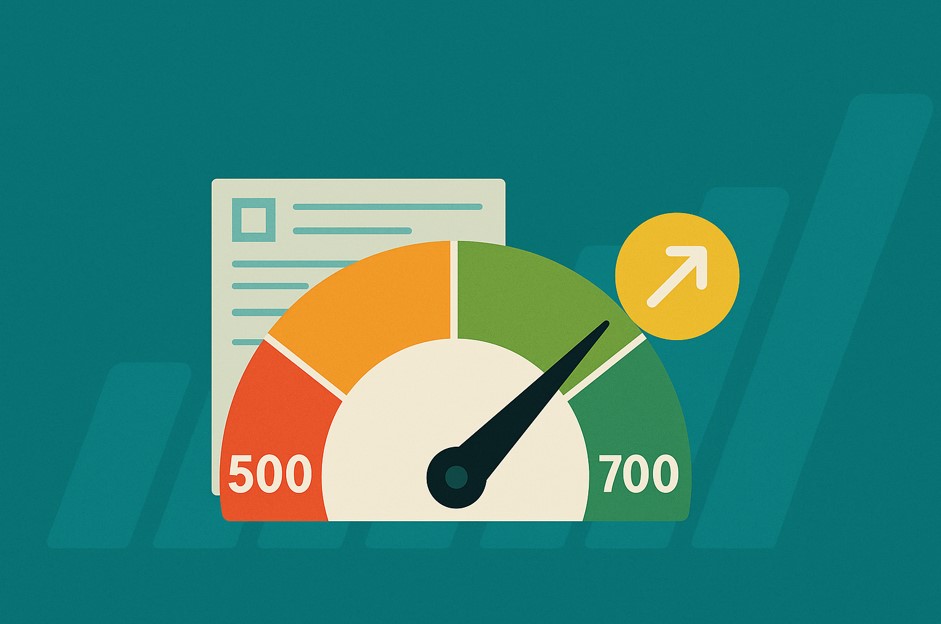Since the dawn of humanity, lending and repaying debts have been stressful. The most popular forms of borrowing today are credit card debt and student loans. Similarly, as with Passive Wallets, we will discuss two debt repayment strategies. Debt Snowball and Debt Avalanche, which one is best for you, make your choice now.
In this guide, I will meticulously compare both approaches and support you in deciding how they work and which strategy is compatible with your money habits.
What Is the Debt Snowball Method?
The debt snowball method focuses on paying off your smallest debt first. You continue making minimum payments on all your debts, but any extra money you can put toward your debt goes straight to the one with the lowest balance.
Once that’s paid off, you take the amount you were paying on that debt and apply it to the next-smallest balance. You repeat this process until every debt is gone. The idea is similar to a snowball rolling downhill – it starts small but gains size and momentum over time, helping you stay motivated as you see quick wins.
How It Works:
I have explained how to do the Debt Snowball method in bullet points just below.
- List your debts from smallest to largest balance.
- Make minimum payments on all but the smallest debt.
- Apply all extra money toward that smallest debt.
- Once it’s paid off, move to the next smallest.
- Repeat until all debts are gone.
Example:
- $400 store credit card
- $1,000 medical bill
- $3,000 personal loan
Of course, first you pay 400 dollars, then 1,000 dollars, then 3,000 dollars.
Pros:
- Quick wins = instant motivation
- Builds discipline
- Great for people who need visible progress
Cons:
- Once you start using this method, you will pay more interest.
- At first, ignore your high-interest debts.
What Is the Debt Avalanche Method?
First of all, I’m trying to do my best to help people like you who are burdened by debt. The “Debt Avalanche Strategy” is actually very simple: you need to prioritize the debts with the highest interest rates first. In this way, focus on minimizing the total interest you will pay. Because High-interest debts will stress you out day by day. If your first goal is to eliminate them and you succeed, you will breathe a sigh of relief.
How It Works:
- List debts by interest rate, from highest to lowest
- Pay the minimum on everything except the highest interest debt.
- Put all extra money into this high interest balance.
- Once paid off, move on to the next highest debt.
- Repeat until you are debt-free.
Example:
- $3,000 credit card at 20%
- $1,000 medical bill at 0%
- $5,000 student loan at 6%
Start with a credit card, at least, but not least.
Pros:
- Saves the most on interest
- Shorter total repayment time
- Ideal for analytical thinkers
Cons:
- Progress may feel slow at first
- Fewer early wins = harder to stay motivated
Side-by-Side Comparison
| Feature | Debt Snowball | Debt Avalanche |
|---|---|---|
| Order of Payments | Smallest balance to largest | Highest interest to lowest |
| Focus | Emotional wins | Financial efficiency |
| Motivation Level | High early on | Lower at the beginning |
| Total Interest Saved | Less | More |
| Time to Pay Off | Slightly longer | Slightly shorter |
| Best For | Beginners, emotional payoff | Number-driven personalities |
Which Debt Strategy Is Best for You?
Dear reader, unfortunately, there is no one way. There are different strategic methods and techniques for everyone. Below I have listed strategies that you can do consistently for the best.
Choose Debt Snowball If:
- You are new to debt yield and want quick gains
- Don’t underestimate the importance of being emotionally motivated
- You feel overwhelmed by debt and need a boost
- You have struggled in the past with sticking to a plan
Choose Debt Avalanche If:
- Focus on saving money
- Be detail-oriented and patient
- You can stay motivated without rapid progress
- You are carrying high-interest debt (such as credit cards)
Hybrid Strategy: The Best of Both Worlds?
I trust you to start with a snowball strategy. Then you grow in small steps and move to avalanches as you gain momentum.
Tip: Focus first on building habits on a consistent basis. This period is 3-6 months for beginners, then switch to an avalanche for long-term savings
Real life scenario
I tried to explain to you how “Debt Snowball” and “Debt Avalanche” should be in real life with a small scenario.
Let’s say:
- $1,000 credit card at 22%
- $500 personal loan at 12%
- $2,500 car loan at 4
Debt snowball order:
- $500 personal loan
- $1,000 credit card
- $2,500 Car Loan
Debt Avalanche Order:
- $1,000 credit card
- $500 personal loan
- $2,500 Car Loan
In the long run, the Debt avalanche gets more attention, but the debt snowball is available earlier and faster.
Tools to help you succeed
It doesn’t matter whether you are successful or doing anything. The key to success is stability and consistent behavior. The more consistent and stable you are, the closer you are to success. Take a step on the road to success with my simple yet effective methods just below.
- Debt Subtraction Calculator – See your timeline and savings
- Budgeting Apps – YNAB, Mint, Everydollar
- Printable Trackers – Visual progress is powerful
- Spreadsheets – Customizable for both methods
- Accountability Partner – Stay on Track Together
Final Thoughts
In this article, I have mentioned two of the most popular methods used in debt management: debt snowball and debt avalanche. Regardless of these two methods, the important thing is your mindset and you need to take consistent action. And accordingly, over time you will see that you have built a system that works.
Whether it’s quick wins or long-term savings, the important thing is to understand and apply the logic here. Motivate yourself, plan, and success will be inevitable.
Action Step: Tomorrow may be too late. List your debts now and then choose one of our repayment options. Get a jump start with your salary next month. Say hello to a debt-free and less stressful life.

